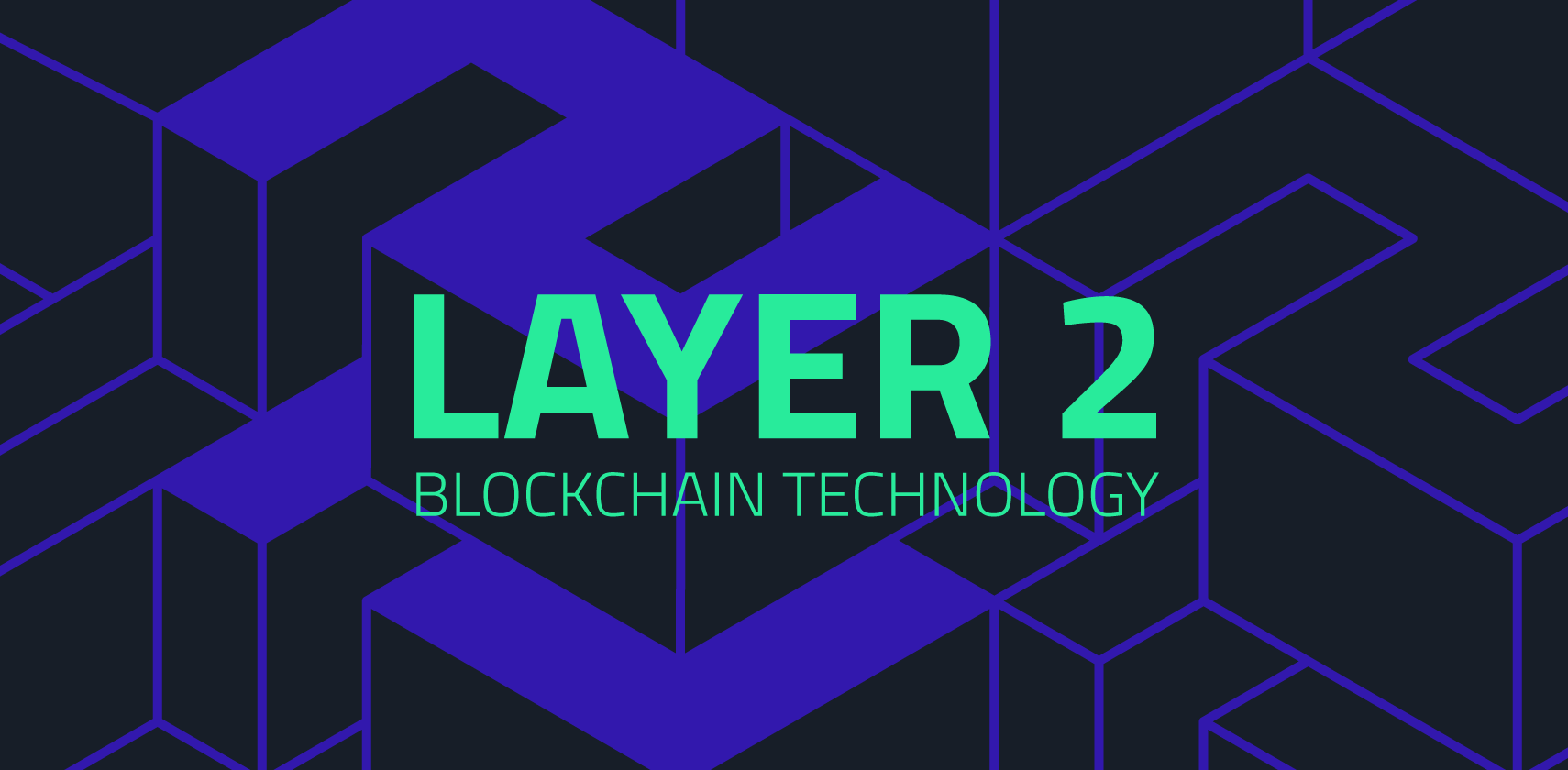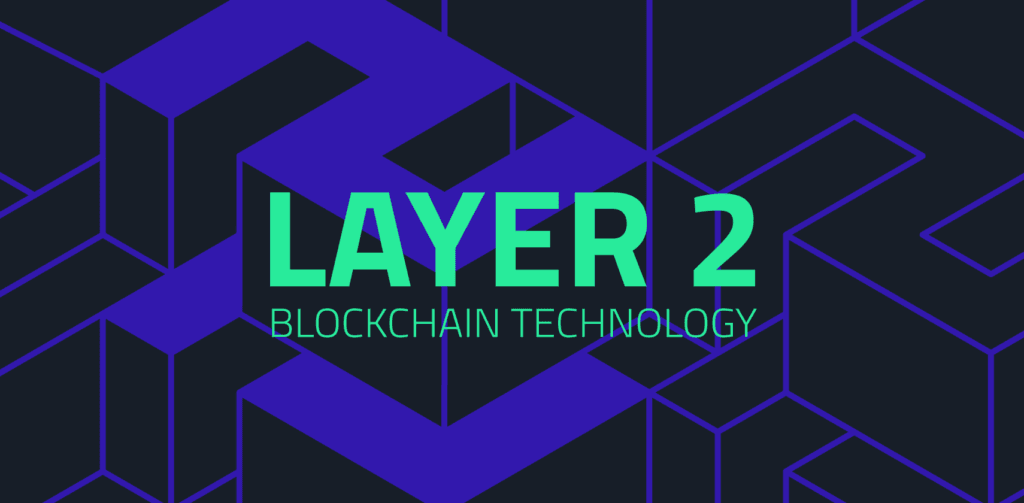

Ethereum has established itself as one of the leading platforms in the cryptocurrency world, powering everything from decentralized finance (DeFi) to non-fungible tokens (NFTs). However, as the network has grown, it has faced significant challenges, particularly around scalability. High transaction fees and slower processing times have hindered its potential for mass adoption. Enter Layer 2 blockchain solutions—an innovative approach designed to solve these issues and bring Ethereum to the masses.
What is Layer 2?
Layer 2 refers to a set of protocols built on top of the Ethereum blockchain (Layer 1) to enhance its scalability. These solutions operate off-chain, meaning they process transactions outside of the main Ethereum network, then settle back on the main chain. By doing so, Layer 2 solutions can significantly increase transaction throughput and reduce costs, without compromising the security and decentralization that Ethereum offers.
Why Ethereum Needs Layer 2 Solutions
Ethereum’s popularity has been both a blessing and a curse. As more users and developers flock to the platform, the network has become congested, leading to high gas fees and slower transaction times. This congestion is particularly problematic for users who need to execute multiple transactions or interact with complex smart contracts, as the costs can quickly become prohibitive.
Layer 2 solutions address these issues by moving the bulk of transaction processing off the main chain, alleviating congestion and lowering fees. This makes Ethereum more accessible to a broader audience, paving the way for its mass adoption.
Key Layer 2 Solutions for Ethereum
Several Layer 2 solutions have been developed to address Ethereum’s scalability issues. Here are some of the most prominent ones:
- Optimistic Rollups: Optimistic rollups bundle multiple transactions into a single batch, which is then processed off-chain. The results are later submitted to the Ethereum mainnet, reducing the number of transactions that need to be processed on-chain. This significantly reduces fees and increases throughput.
- ZK-Rollups (Zero-Knowledge Rollups): Similar to optimistic rollups, ZK-rollups also bundle transactions off-chain. However, they use zero-knowledge proofs to verify the transactions before submitting them to the mainnet. This ensures that the transactions are secure and accurate, while also improving scalability.
- Plasma: Plasma is a framework that allows the creation of child chains that operate alongside the main Ethereum chain. These child chains can process transactions independently and periodically report back to the main chain, reducing congestion and improving scalability.
- State Channels: State channels allow two parties to interact off-chain, settling their transactions on the Ethereum mainnet only when necessary. This reduces the number of on-chain transactions and lowers fees, making microtransactions more feasible.
Challenges and Future Position of Layer 2 Blockchain
While Layer 2 solutions offer many benefits, they are not without challenges. One of the primary concerns is the complexity of integrating these solutions with existing Ethereum applications. Developers must ensure that their applications are compatible with Layer 2 protocols, which can require significant time and effort.
Additionally, as Layer 2 solutions continue to evolve, there may be challenges around interoperability and security. Ensuring that different Layer 2 solutions can work together seamlessly and securely will be crucial for their success.
Despite these challenges, the future of Layer 2 solutions looks bright. As more projects adopt these technologies, Ethereum is likely to become more scalable, affordable, and accessible, paving the way for mass adoption. With ongoing research and development, Layer 2 solutions are poised to play a critical role in the future of Ethereum and the broader blockchain ecosystem.
Conclusion
Layer 2 blockchain solutions are revolutionizing the Ethereum network by addressing its scalability challenges. By reducing transaction fees, increasing speeds, and enhancing the overall user experience, these solutions are making Ethereum more accessible to a global audience. As these technologies continue to evolve, they will be key to Ethereum’s journey toward mass adoption, ensuring that the platform remains a leader in the blockchain space.



